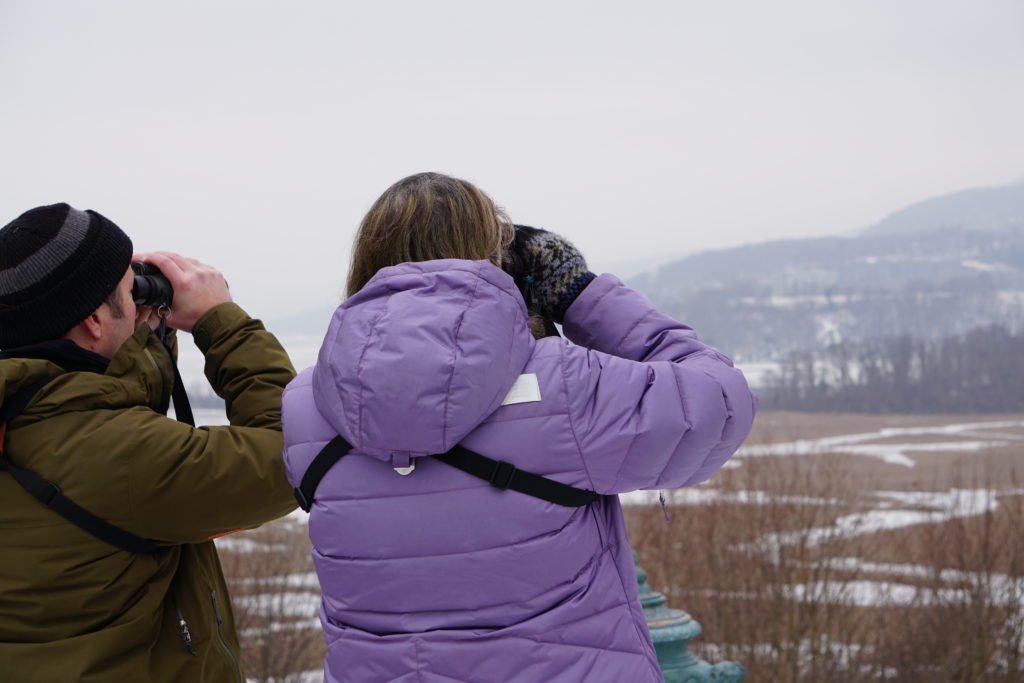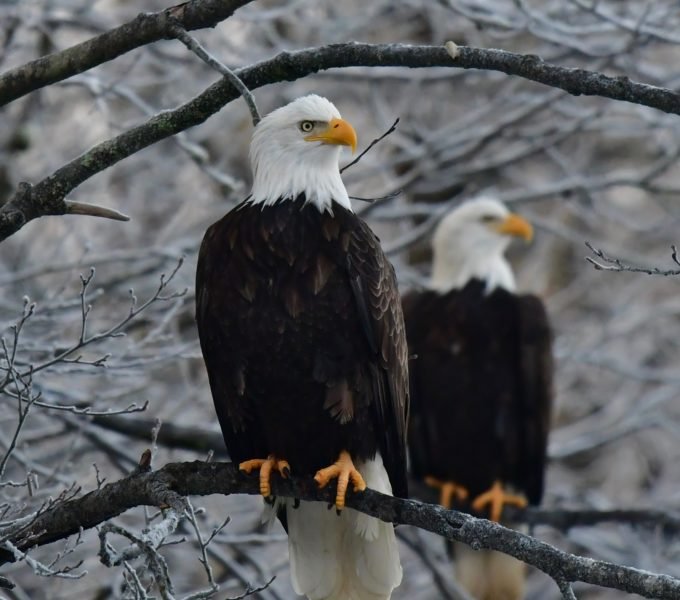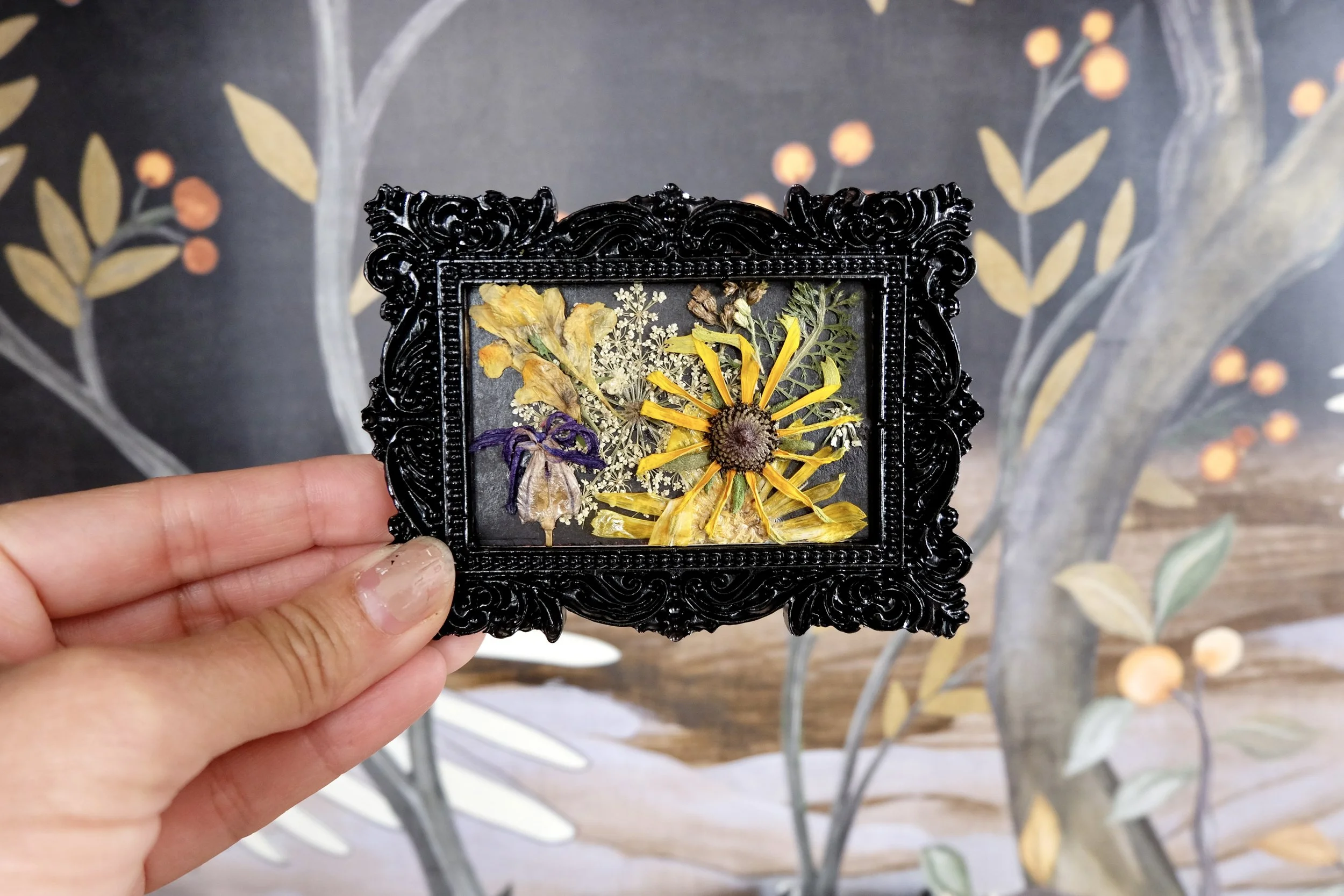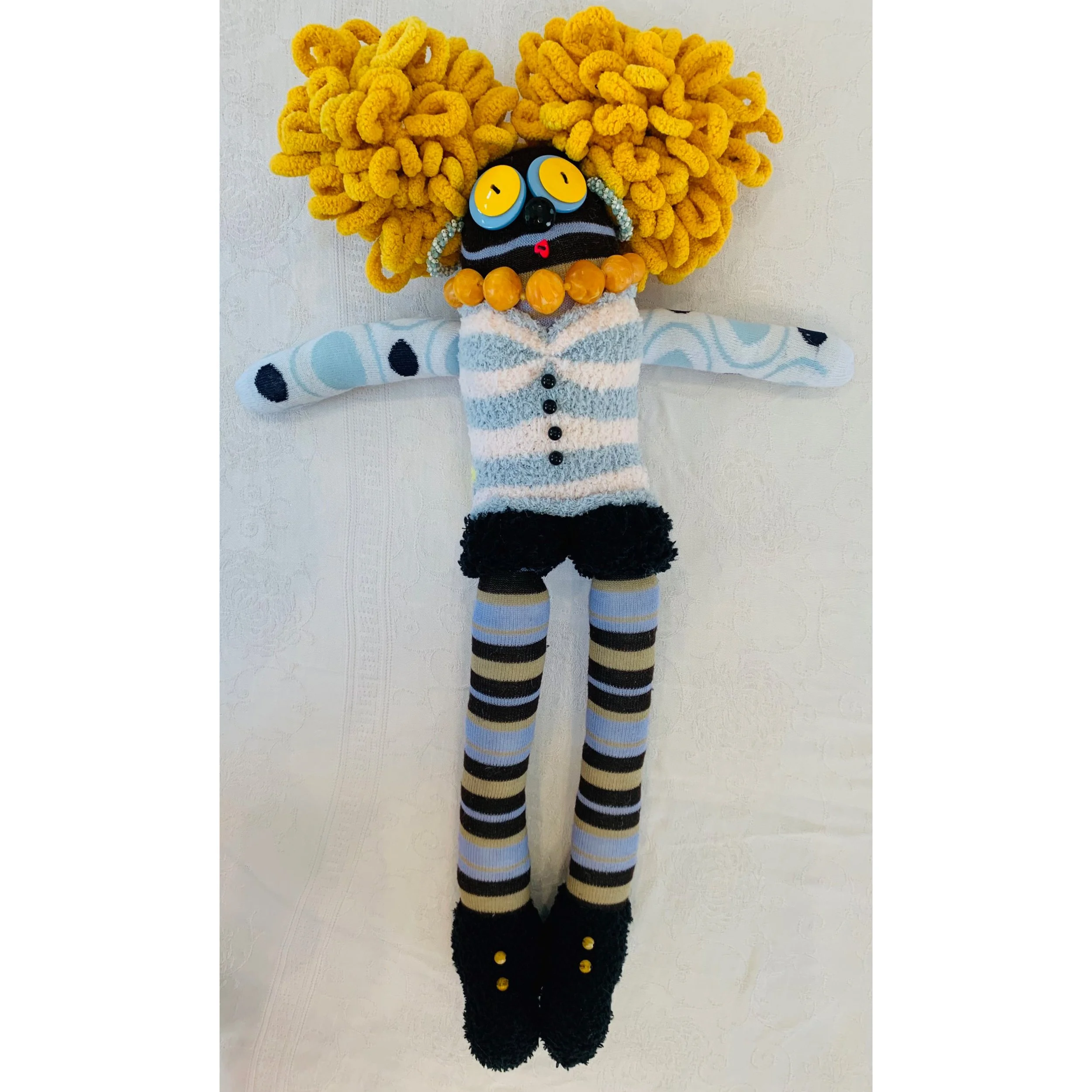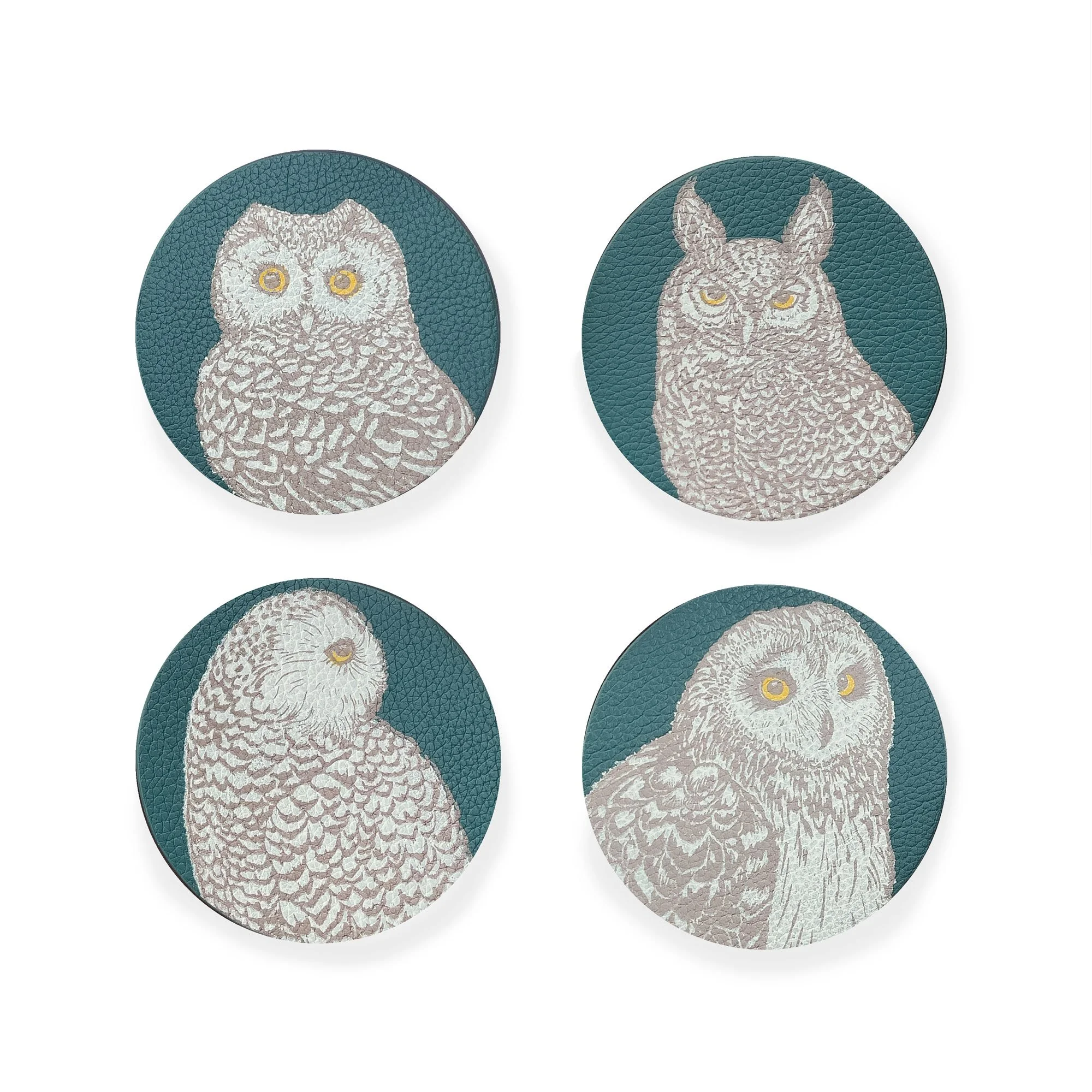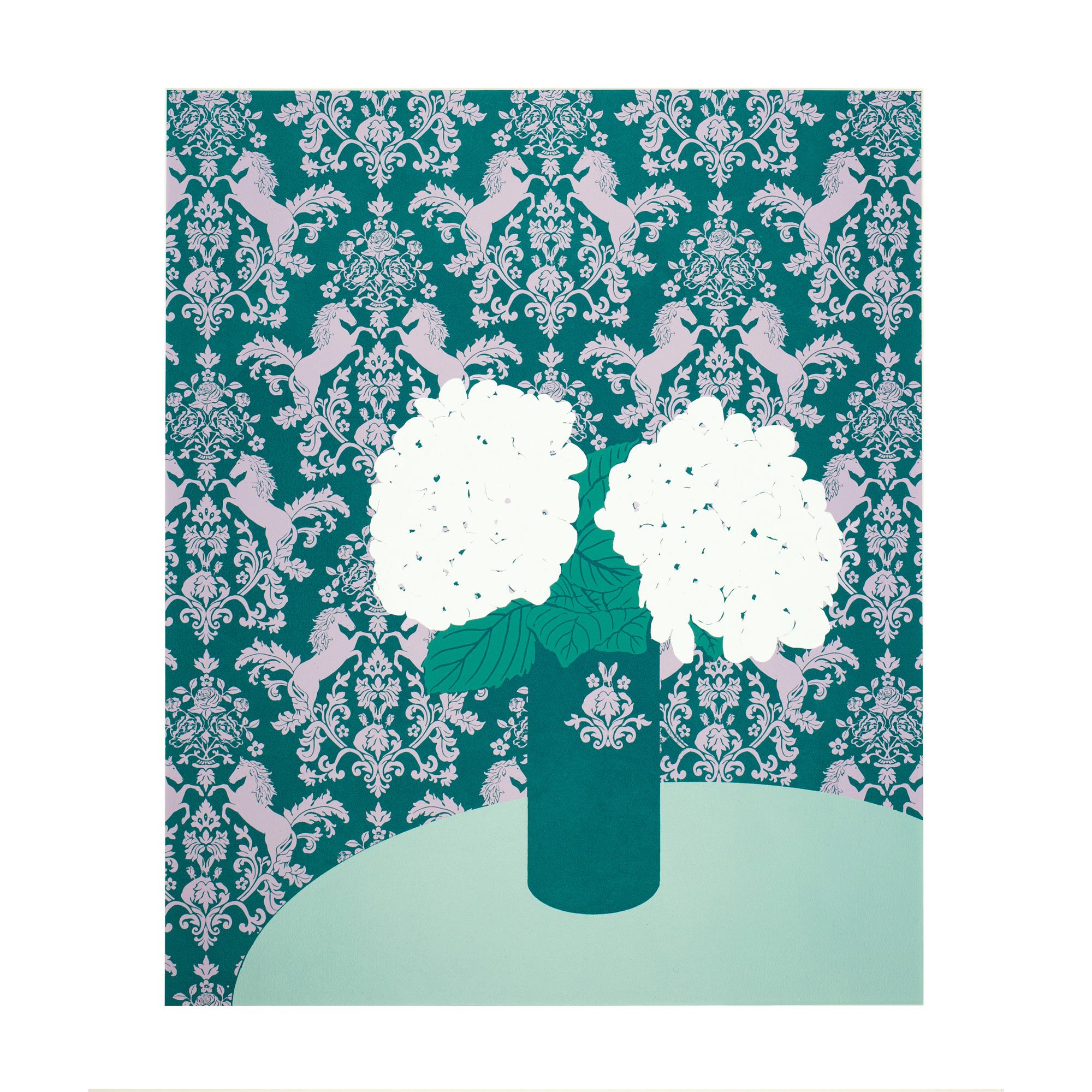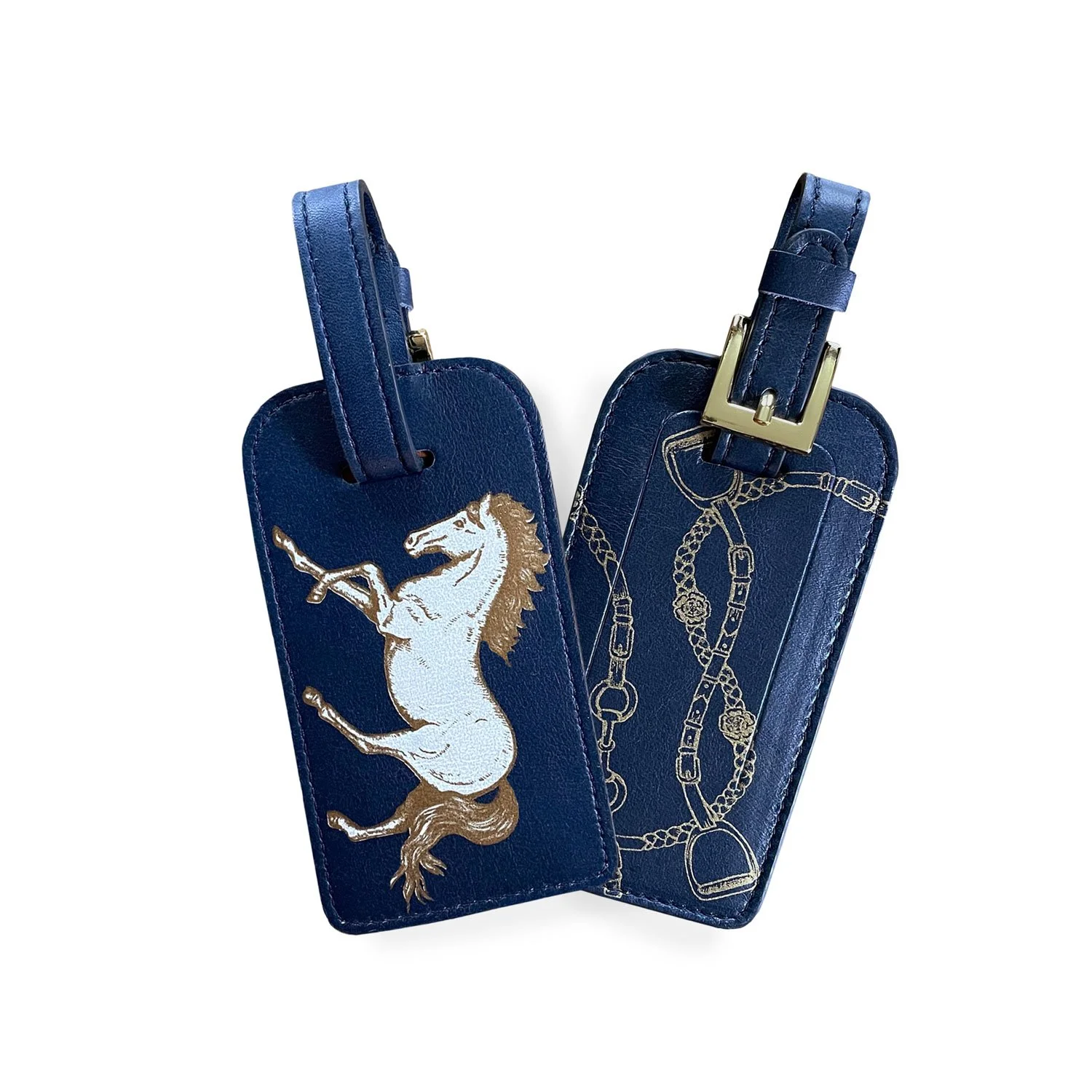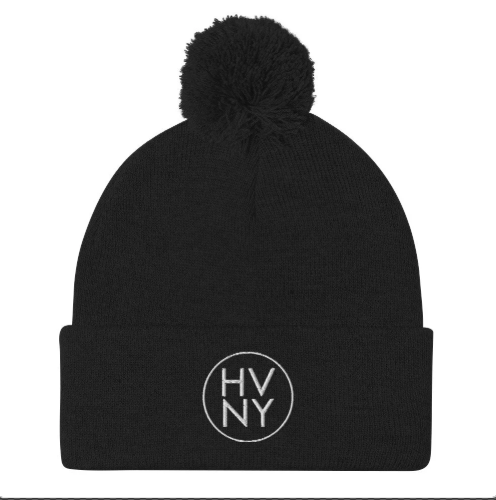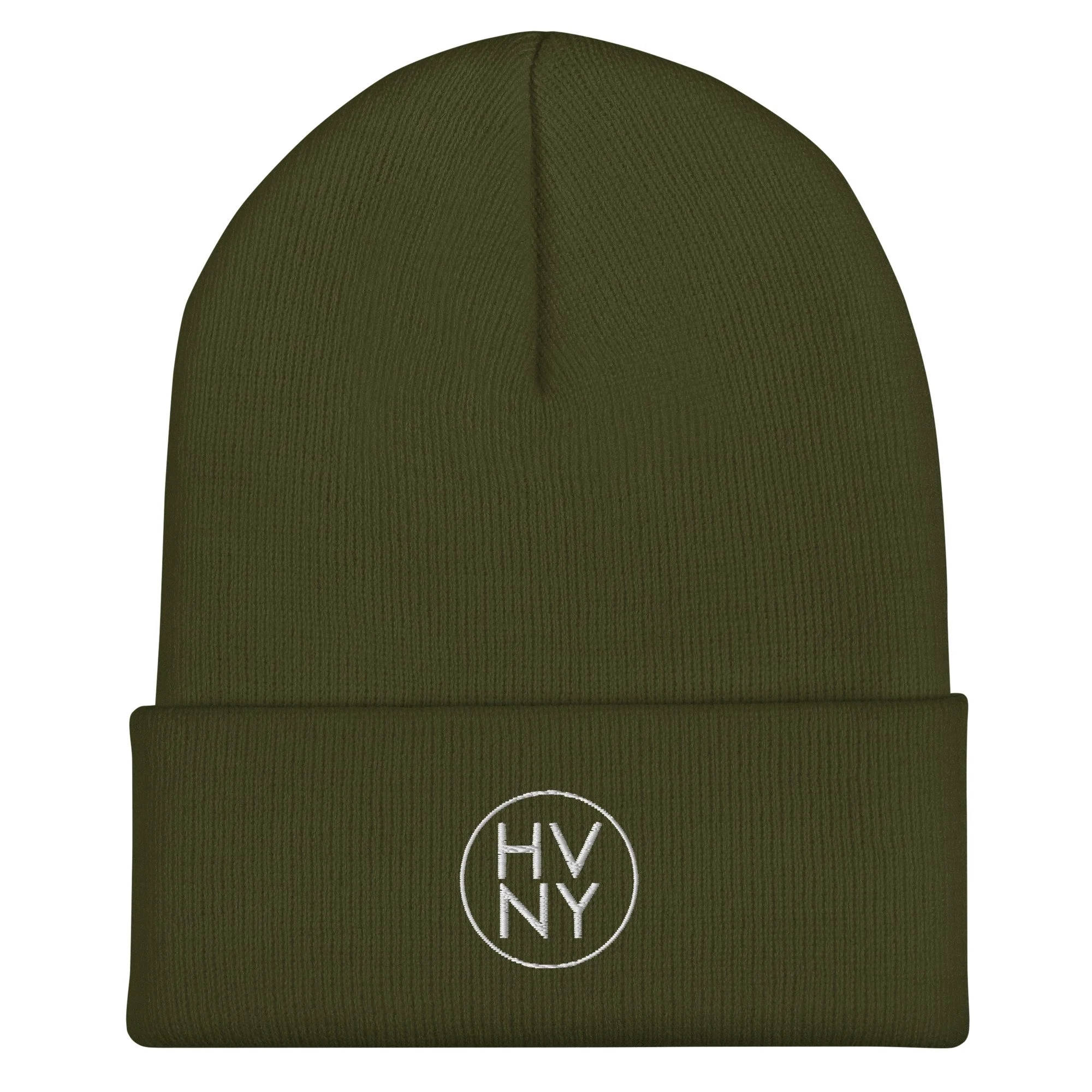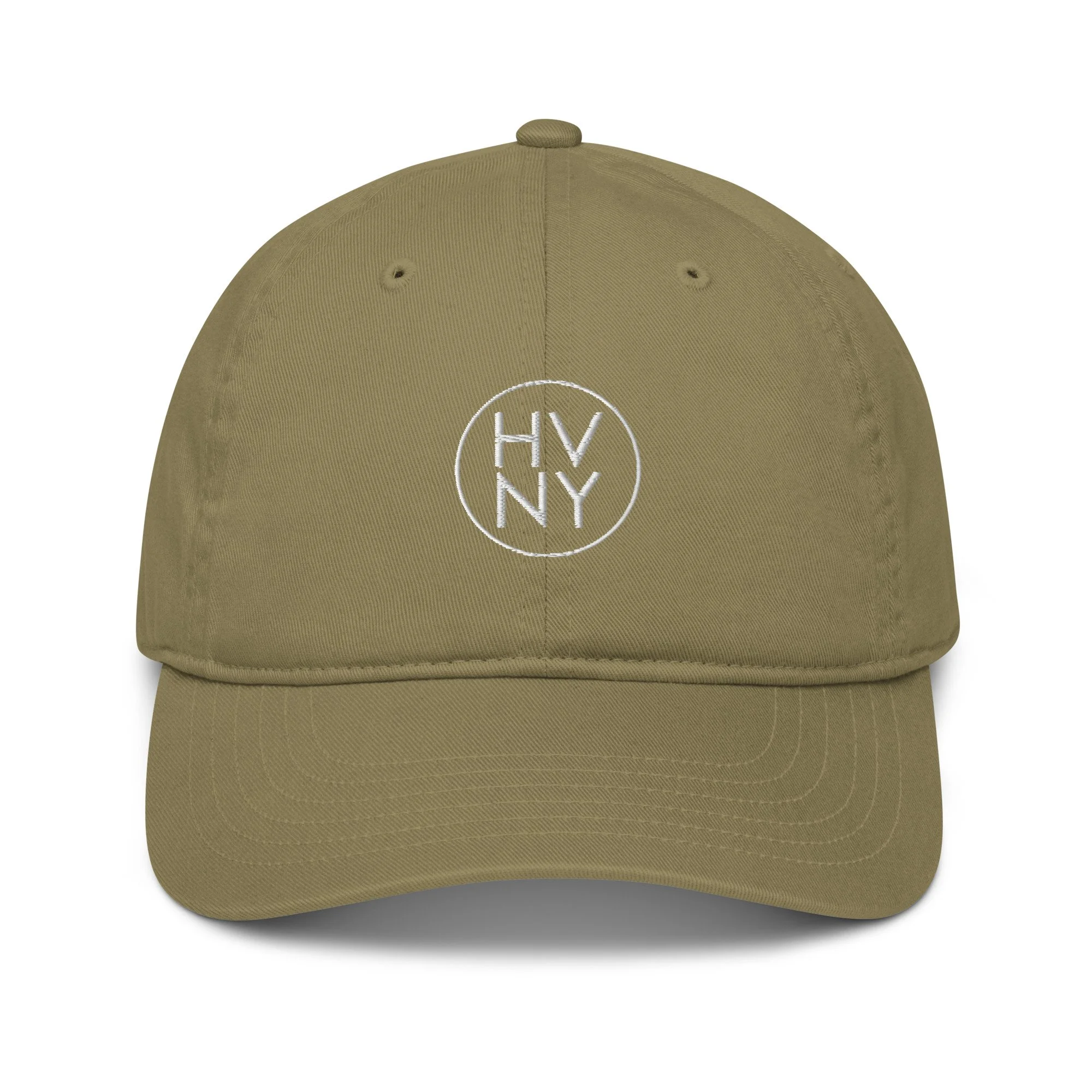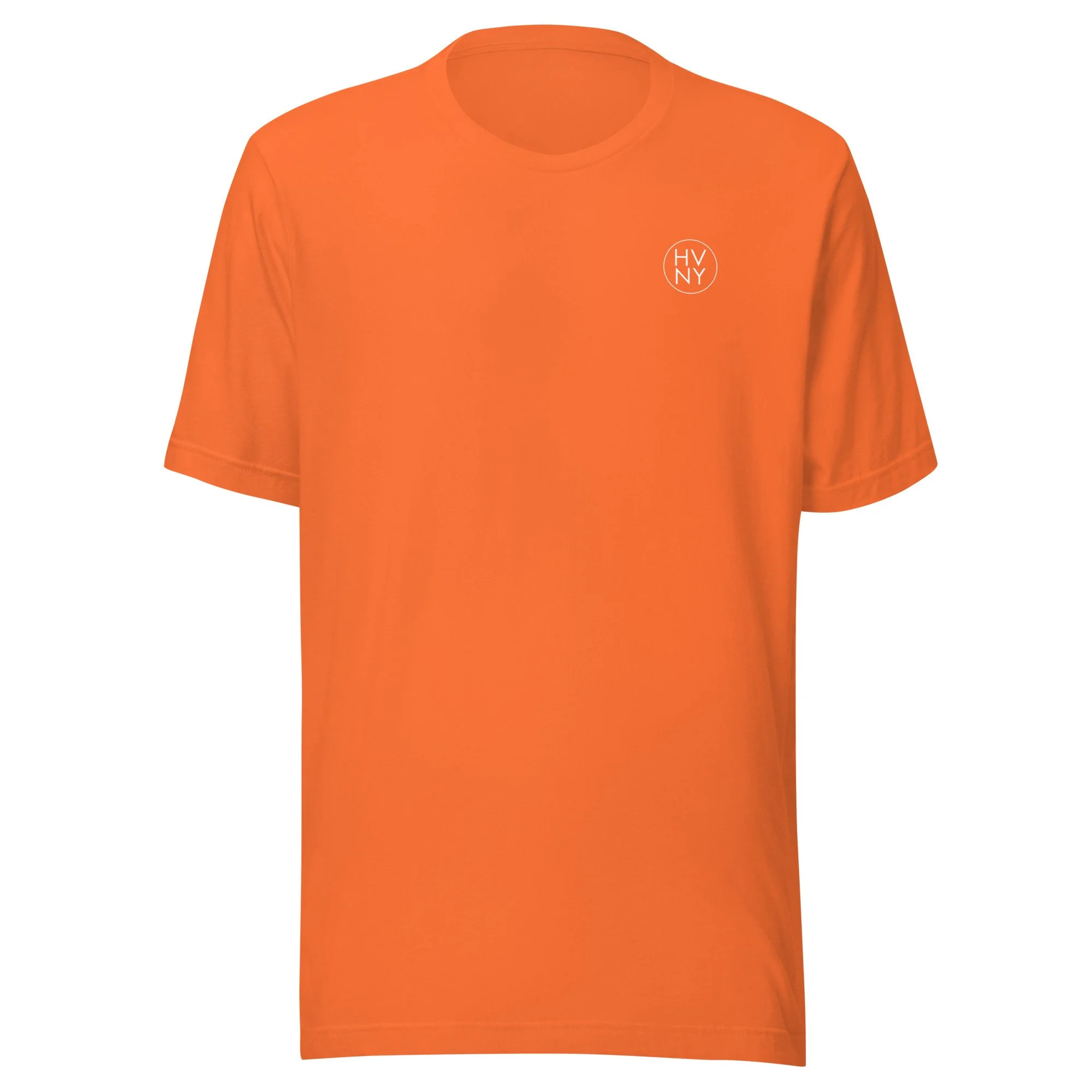Tips for spotting Bald Eagles
Tips, status, eagle etiquette, and more
“Bald eagles are wholly North American, and currently are found in every state except Hawaii, as well as throughout Canada,” according to the New York State Department of Environmental Conservation.
Historically, bald eagles nested in forests along the shorelines of oceans, lakes or rivers throughout most of North America, often moving south in winter to areas where water remained open. Prior to the 1900s, they were as many as 80 nest sites in New York, primarily in the northern and western parts of the state.
Wintering eagles begin arriving in December with peak visitors in January and February. Most eagles head back to their nests by mid-March. According to the Hudson River Almanac, there are currently “well over 100 bald eagle nests (territories) in the Hudson Valley.”
Eagle status
According to the NYS DEC: “In the last century, reproductive impairment from pesticides (especially DDT) and heavy metals caused virtual extirpation of the few remaining bald eagles in New York and many other areas. Persistent and toxic compounds in fish from contaminated waters built up to high levels in the eagles' bodies, interfering with the deposition of calcium in their eggshells and making many of the eggs infertile.
Since the 1972 ban on DDT, eagles and other birds of prey are once again producing young. However, there has been no reduction in the human activity most damaging to eagle populations – destruction of habitat by logging and development along watercourses. Even recently, extensive human activity within preferred eagle habitats has disturbed important nest areas, resulting in reproductive failure and nest abandonment.
The New York State Bald Eagle Restoration Project began in 1976 in an attempt to reestablish a breeding population through hacking (hand rearing to independence). Over a 13 year period, 198 nestling bald eagles were collected (most from Alaska), transported and released in New York.
The hacking project ended in 1989, when it accomplished its goal of establishing ten breeding pairs. The bald eagle program's focus has now shifted to finding and protecting nesting pairs in New York, and monitoring their productivity. Bald eagles continue to do well; in 2010 New York had 173 breeding pairs which fledged 244 young. Each year, New York's bald eagles fledge about 10 percent more young eagles than the year before.”
Bald eagle nest NY62, in the Town of Poughkeepsie, is among the oldest and most thoroughly monitored in the Hudson River watershed. “As a result, NY62 has been a good yardstick to measure how, in general, the Hudson Valley nesting community is faring. Now in its 25th year, the nest (with the original female, and two different males) has produced 30 nestlings, 26 of which fledged). Today, the male brought talons-full of grass to the nest where the female was waiting to help build the egg cup,” Tom Lake of the Hudson River Almanac wrote.
What to look for:
White head and tail with a wingspan of six to seven feet
Immature eagles (up to five years old) are chocolate brown and mottled with white
Wings are held straight out, not in a V-shape like turkey vultures
A bald eagle nest is a large structure, usually located high in a tall, live white pine tree near water. The nest is reused and added to (decorated) each year, often becoming eight or more feet deep, six feet across, and weighing hundreds of pounds.
Where to look:
Eagles tend to congregate around areas of open water, especially when cold weather causes ice to form on many open waterbodies.
Eagles prefer undisturbed areas near large lakes and reservoirs, marshes and swamps, or stretches along rivers where they can find open water and their primary food, fish.
Scan the tree line for eagles that are perched in the tree tops.
Look overhead for eagles soaring high in the sky.
Check ice floes or river islands for eagles sunning themselves or enjoying a meal.
Arrive early (7 to 9am) or stay late (4 to 5pm), when eagles are most active.
Be patient – the key to successful viewing is patience.
Popular DEC viewing locations:
Norrie Point State Park, Hyde Park
Constitution Island from North Dock, West Point
Route 6/202 overlook above Iona Island
Riverfront Park, Peekskill
Charles Point/China Pier, Peekskill
Verplanck waterfront
George's Island Park parking area, Montrose
Also, the river side of any train between Albany and Croton-on-Hudson.
Eagle Etiquette:
For the safest and least intrusive bald eagle viewing, the DEC recommends the following:
Remain in or immediately next to your vehicle, and don't approach eagles closer than a quarter mile.
Avoid roosting areas.
Refrain from loud noises: honking horns, door slamming, radios playing, yelling, etc.
Keep pets at home.
Use binoculars or spotting scopes instead of trying to get a little closer.
Don't do anything to try to make the bird fly.
Respect private property and avoid restricted areas.
Report your sightings
Not all eagle sightings need to be reported, but certain observations are helpful in managing and protecting eagles. Contact DEC's Bureau of Wildlife by email or by calling 518-402-8883 if you see:
Adult eagles between April 15 and June 15 (this could lead to the discovery of new nesting pairs).
Four or more eagles in one location, especially after 3pm (this could reveal a significant winter roost site).
Eagles with colored wing tags or leg bands
*The eagle eye is among the sharpest in the animal kingdom, with an eyesight estimated at 4 to 8 times stronger than that of the average human. Although an eagle may only weigh 10 pounds, its eyes are roughly the same size as those of a human. [ Source ]
This piece originally appeared in our January 31, 2022 newsletter, “This week in the Hudson Valley.” Sign-up to get the free weekly newsletter delivered on Mondays at: hvny.info/sign-up

